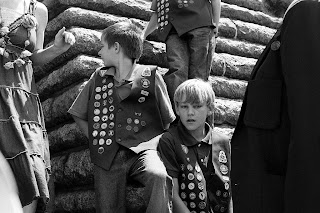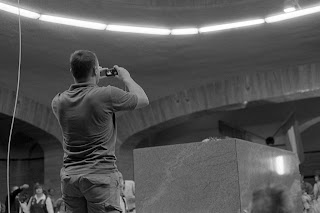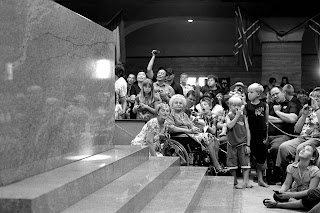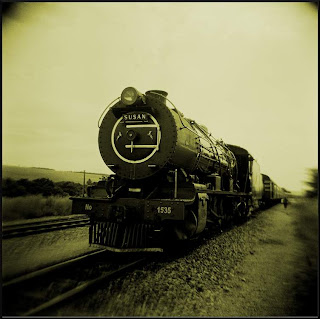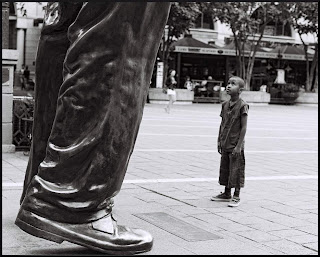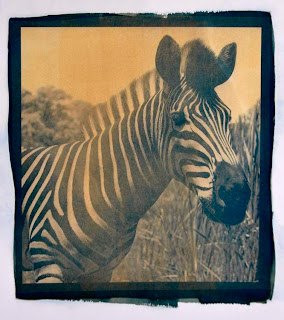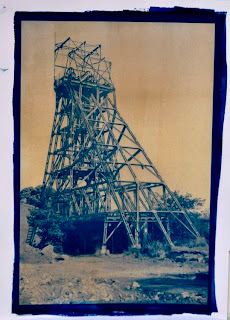
The business of wedding photography has changed dramatically over the past few years. The advent of high-quality digital cameras has seen many "Uncle Bobs" and "Aunt Sheilas," with absolutely no photographic experience or expertise, buy a camera, print up a business card and proclaim he or she is now a professional photographer.
And while it is true sticking the camera on idiot "auto" mode can sometimes produce passable images, think carefully about entrusting your precious, once-in-a-lifetime memories to such a person.
When choosing your wedding photographer the most important question to ask is: Will the photographer be able to capture the wedding day the way the bride and groom want? Will he or she create unique and emotional memories that you will cherish the rest of your life?
Once you've decided to get married and have chosen your wedding date, waste no time in searching for your photographer. You'll be blind sided to discover the better ones are booked heavily into the future, often over a year out so time is of the essence.
Film or digital?
Few photographers shoot film nowadays and today's professional digital cameras are capable of producing astoundingly good images and enlargements. But if you want something particularly special, ask the photographer to do some shots on medium format film. I shoot many portraits with some of the world's finest medium format film-cameras and the results more than justify the added effort!
Equipment
There is no doubt, the skills and ability of the person behind the camera are far more important than the equipment itself. That said however, you want to be sure your photographer has high-quality kit as well as back-up equipment should the primary camera, lens or flash fail -- and they sometimes do! Pros will ALWAYS have back-up units. Ask the photographer what sort of lighting equipment he or she will use and if an assistant will be present.
A new trend in wedding photography.
The hottest trend in wedding photography today is the Photojournalistic Wedding. Photojournalism shots are more animated, and might show the bride and her bridesmaids running into the church in the rain, or the groomsmen playing around outside, or guests having a wild time at the reception. Photos are produced in both colour and black and white but b&w is becoming increasingly popular. In a photojournalistic wedding the aim is to tell your story.
If this is how you want your wedding photographed then it is obvious you should hire someone who has experience in photojournalism or press photography. He or she may or may not have photographed weddings before but will understand how to tell a story, capture decisive moments and work under pressure and, in addition, will have taken thousands of pictures with their equipment in all manner of challenging and difficult conditions. That is the sort of person you want to photograph your wedding!
Some questions to ask the photographer:- Have you shot a wedding at my location before?
- Do you have an assistant?
- Do you have backup equipment and is it the same quality as the primary equipment?
- What time will you begin and how long will you stay until?
- When will the proofs be ready?
- Do we get to keep the proofs?
- Do you mark your proofs?
- Where and how are your proofs marked?
- How much extra for unmarked proofs?
- What lighting equipment will you use?
- Do you have tele-photo and wide-angle lenses?
- Do you work well with the other vendors? i.e.: coordinators, caterers, videographers.
- Can you work from a photo checklist that we create?
- How will you be dressed?
Final points:Make sure the photographer you interview will be the photographer who actually photographs your wedding. Read and understand the contract carefully. Spend the most you can afford on your wedding photographs -- the expensive food at the wedding will quickly be forgotten but the photographs will live for generations.
For more information on wedding and portrait photography visit my site:
www.bighilt.com

